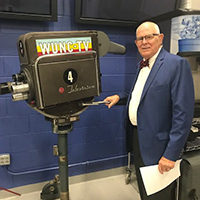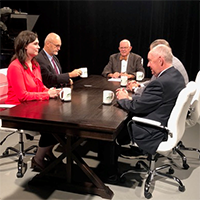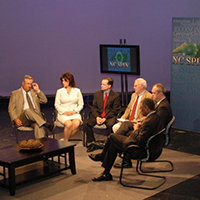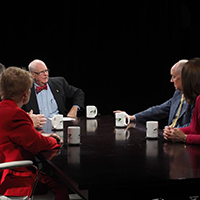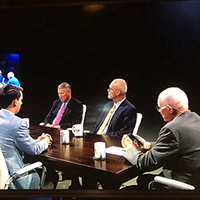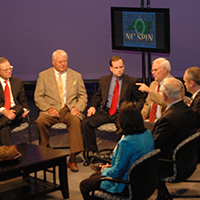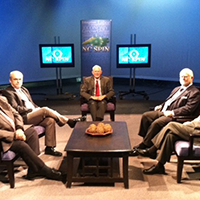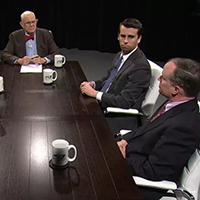Do you want to know how often your state House and Senate members voted with the majority of others in their chamber in the 2015 session?
Or how often they voted the opposite way of the outcome of votes? Or who cast the most votes in their chambers and who voted the least?
It’s simple. Go to the General Assembly’s website, ncleg.net. On the right side of the screen, under “Shortcuts,” click on “Votes on Bills.” Then, under the 2015-2016 session, click on “Member Voting Statistics” in the House or Senate.
Now, for those who don’t want to do that, here’s a condensed version:
House
House members could have cast a total of 1,099 roll call votes in the 2015 session, which began in January and ended late last month. Several members were present and eligible to vote on all 1,099 of those bills, but only one — Rep. Nelson Dollar, a Cary Republican — cast a vote every time. Congratulations to the senior budget chairman in the House.
About 10 other House members were present and eligible to vote on all of the bills considered by the House this session. Three other members cast all but one of the 1,099 votes this session. They were Rep. Brian Turner, an Asheville Democrat; Rep. John Ager, a Fairview Democrat; and Rep. Michele Presnell, a Burnsville Republican. There must be something going on with the water out west.
Who took the least votes in the House? Aside from House Speaker Tim Moore — speakers don’t typically vote on many bills — Rep. Becky Carney, a Charlotte Democrat, cast the least votes (842).
She had significant medical issues during the session. Next, it was Rep. Susi Hamilton, a Wilmington Democrat, who cast 852 votes, or 78 percent of possible votes.
And who voted most often the same way as the outcome of the vote? In other words, who was least likely to vote in the minority on bills? Other than the speaker, Rep. Ted Davis, a Wilmington Republican, voted with the winning side 98.6 percent of the time.
Finally, who in the House was most likely to vote against bills that passed? That was Rep. Pricey Harrison, a Greensboro Democrat and one of the more liberal House members. She voted against the majority 25 percent of the time, taking home the “Rock the Boat” award in the House.
Senate
Senate members could have taken 764 roll call votes this year. Three Republicans — Sens. Shirley Randleman of Wilkesboro, Norman Sanderson of Arapahoe and Jeff Tarte of Cornelius — took all 764 votes. So did Democratic Sens. Ben Clark of Raeford and Don Davis of Snow Hill.
Casting the least votes in the Senate were two Republicans — Sen. Bill Rabon of Southport (560 — He also had medical issues) and Sen. Buck Newton of Wilson (623).
Senate Republicans in general vote more in lockstep than their House colleagues. Several Republicans voted with the majority 99 percent of the time. GOP Sens. David Curtis of Denver and Rick Gunn of Burlington voted with the majority all but once, or 99.9 percent of the time. They get the “Go with the Flow” awards in the Senate.
The most likely to vote on the opposite side of passing votes were Democratic Sens. Gladys Robinson of Greensboro (22 percent) and Dan Blue of Raleigh (21 percent).
What’s the takeaway? These numbers can tell you a lot about your elected officials. Take a look at them before you vote next year.
Patrick Gannon writes about North Carolina government and politics for the Capitol Press Association.
